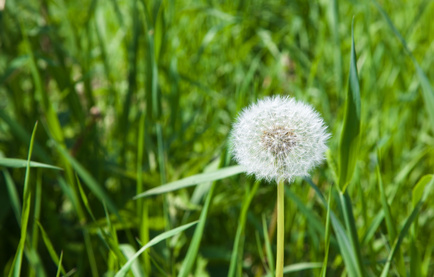However the science of Palynology (this is the analysis of pollen grains that have had their outer wall intact and therefore have been highly resistant to decay, even after thousands of years.)have shown a successional birch and then a pine phase for much of southern Britain. This occurred about 10 000 years ago during the preboreal period, the first phase of the Flanderian post glacial epoch. This may be the case because birch and pine are among the most arctic of trees. The Boreal phase saw the hazel, elm and oak spread across southern lowland Britain because the temperature had greatly increased. By 7500 B.P. the end of the Boreal there was an introduction of lime trees in the very south east part of Britain. The Atlantic period which lasted for the next 3000 years became slightly warmer and much wetter. In this period, the peat expanded, the alder increased and the large climax. Oak forests were at their peak. When this period ended about 4500 years B.P. beginning with the sub Boreal Period which became quickly drier and cooler. This marked the beginning of the deterioration of the wild wood. The cooler temperature saw the decline of lime in southern Britain and there was also the elm decline in west country England, Wales and much of Ireland. The forests began to deteriorate further in the Sub Atlantic (2500 B.P.-present) period which became wetter and at the same time cooler. This period saw even more deterioration of the forests by having many forests overwhelmed by peat bogs (Pears p222). The natural cyclic post glacial process of deciduous forest structure from a warm dry period (Boreal) to a warm wet period (Atlantic), to a cool dry period ( Sub Boreal) to a cool wet period (Sub Atlantic), was off set by the changing of man from a hunter gatherer to an agricultural species. This Neolithic period happened about the beginning of the Sub Boreal Period.
We also know that the entire post glacial (Flanderian) period was not typical of other post glacial periods for the forest of the British Iles. They were far more diverse and less impoverished during interglacial periods of the past. This was because of the new sea barriers called the Irish Sea, English Channel and the North Sea. These waters didn’t allow animals and plants to recolonize after the ice retreated (Pears p222).
